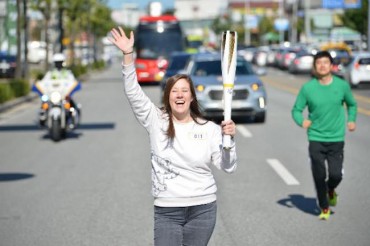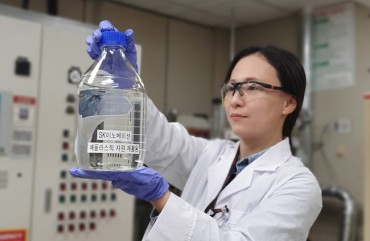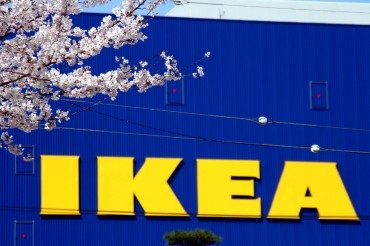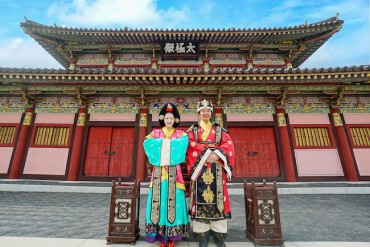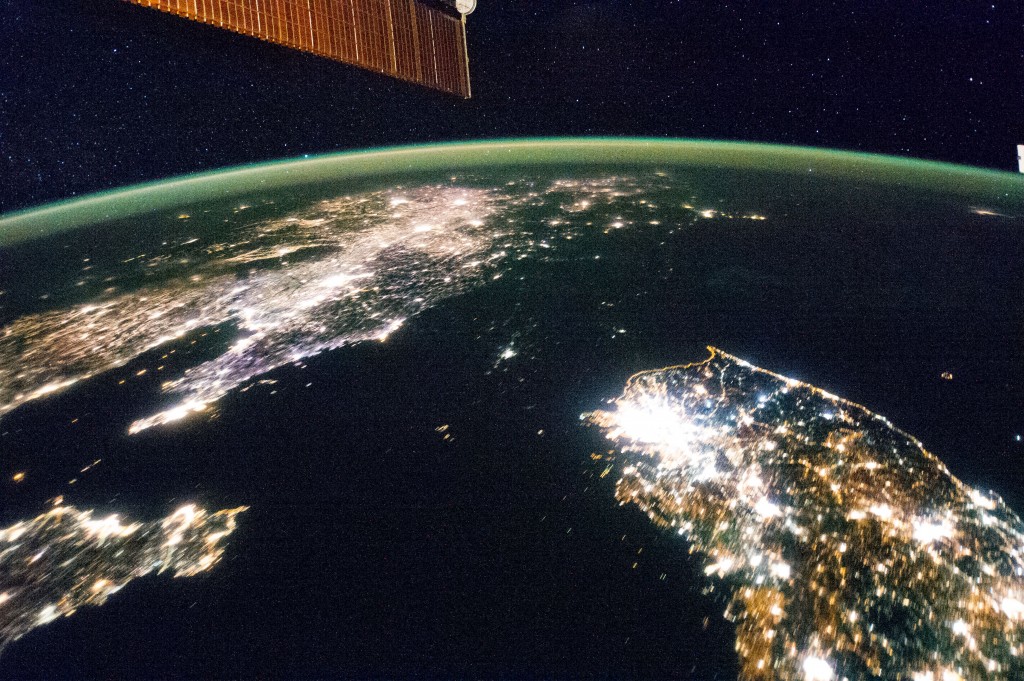
Night satellite images show that 89.4 percent of South Korea’s total land area is exposed to light pollution. The figure for Italy was 90.3 percent. (image: Wikimedia)
SEOUL, June 17 (Korea Bizwire) – Light pollution refers to excessive and obtrusive artificial light that often hinders the natural cycles of inhabitants living in an affected area, and it is becoming a big problem in Korea. In fact, Korea has the second highest level of light pollution after Italy among the G20 nations.
Night satellite images show that 89.4 percent of South Korea’s total land area is exposed to light pollution. The figure for Italy was 90.3 percent.
An annual average of 3,000 civil complaints related to light pollution have been filed over the past three years.
Apartment residents living across from Gwangju Baseball Stadium suffer whenever there’s a baseball match, due to blinding stadium lights intended to illuminate first base. The Gwangju Public Institute for Health and Environment discovered that the luminance level of the residential area near the stadium was 20lx, exceeding the standard level of 10lx.
“Every time there’s a baseball match, the kids can’t go to sleep or study for school,” said one of the residents.
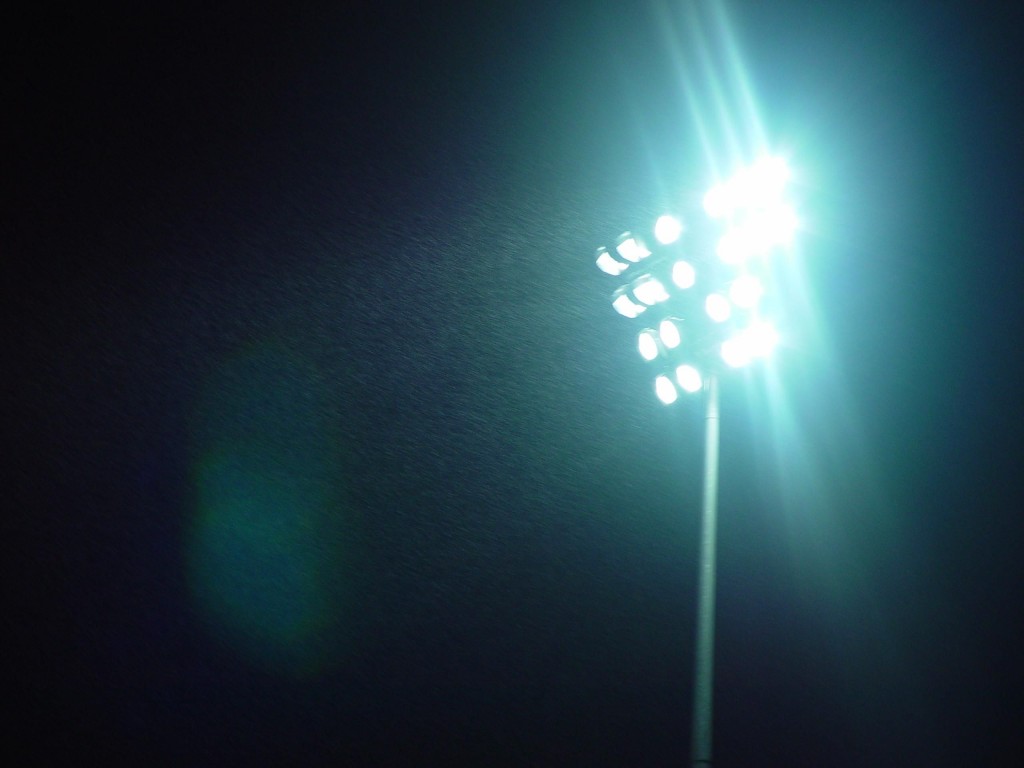
Apartment residents living across from Gwangju Baseball Stadium suffer whenever there’s a baseball match, due to blinding stadium lights intended to illuminate first base. (image: Public Domain Images)
Gimhae International Airport has been unable to use the lights on its newly extended runway for the past seven months.
The reason? Some 60 households nearby have complained that the new lights create unbearable light pollution, and have demanded that their houses be relocated, which compelled the airport to refrain from using its 2.9 billion won investment.
Geomam-dong residents in Incheon’s Seo district have also filed complaints with the district office after months of disturbed sleep from a neighbour’s excessively bright neon lights.
Light pollution extends further to affect even crops.
Last year, a farmer growing beans and perilla in the city of Gunpo demanded compensation for damage caused to his crops by nearby railroad lights, which he claims negatively affected his harvest. Ultimately, the Office of National Environmental Conflict Resolution Commission ruled in favor of the farmer.
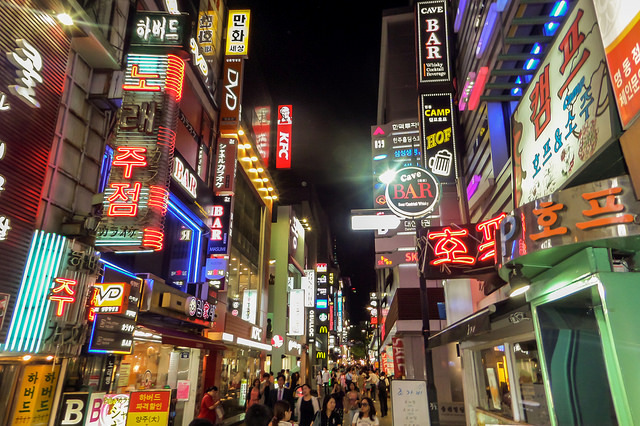
Despite the existence of a ‘light pollution prevention law’, many are still unaware of the regulations, and a large majority of artificial lights in cities still exceed permitted illuminance standards. (image: Flickr/ TFurban)
As such, the number of civil complaints from light pollution is increasing rapidly.
Seoul suffers the most from light pollution, and annual complaints increased from 778 in 2013 to 1,571 in 2014, with a slight decrease to 1,216 in 2015. ‘Sleep disturbance’ was the most prominent of the 1,216 complaints in 2015 with 1,074 total complaints, followed by ‘living inconvenience’ (75) and ‘lights too blinding’ (62).
The number also increased for Gwangju from 164 in 2013 to 423 in 2015, and Gyeongnam Province from 280 in 2013 to 460 in 2015.
Despite the existence of a ‘light pollution prevention law’, many are still unaware of the regulations, and a large majority of artificial lights in cities still exceed permitted illuminance standards.
The law was first implemented in 2013 in an effort to reduce light pollution by endowing local governments with the authority to designate environmental lighting zones, and impose fines on businesses that don’t abide by the standards.
However, there is a five-year grace period for artificial lights that were installed prior to the designation of environmental lighting zones, which makes the majority of civil complaints still difficult to resolve.
“The law does provide certain measures to prevent damages from artificial lights, but there are limitations and areas that conflict with commercial industries and local development policies,” said a local government official.
By Lina Jang (linajang@koreabizwire.com)



